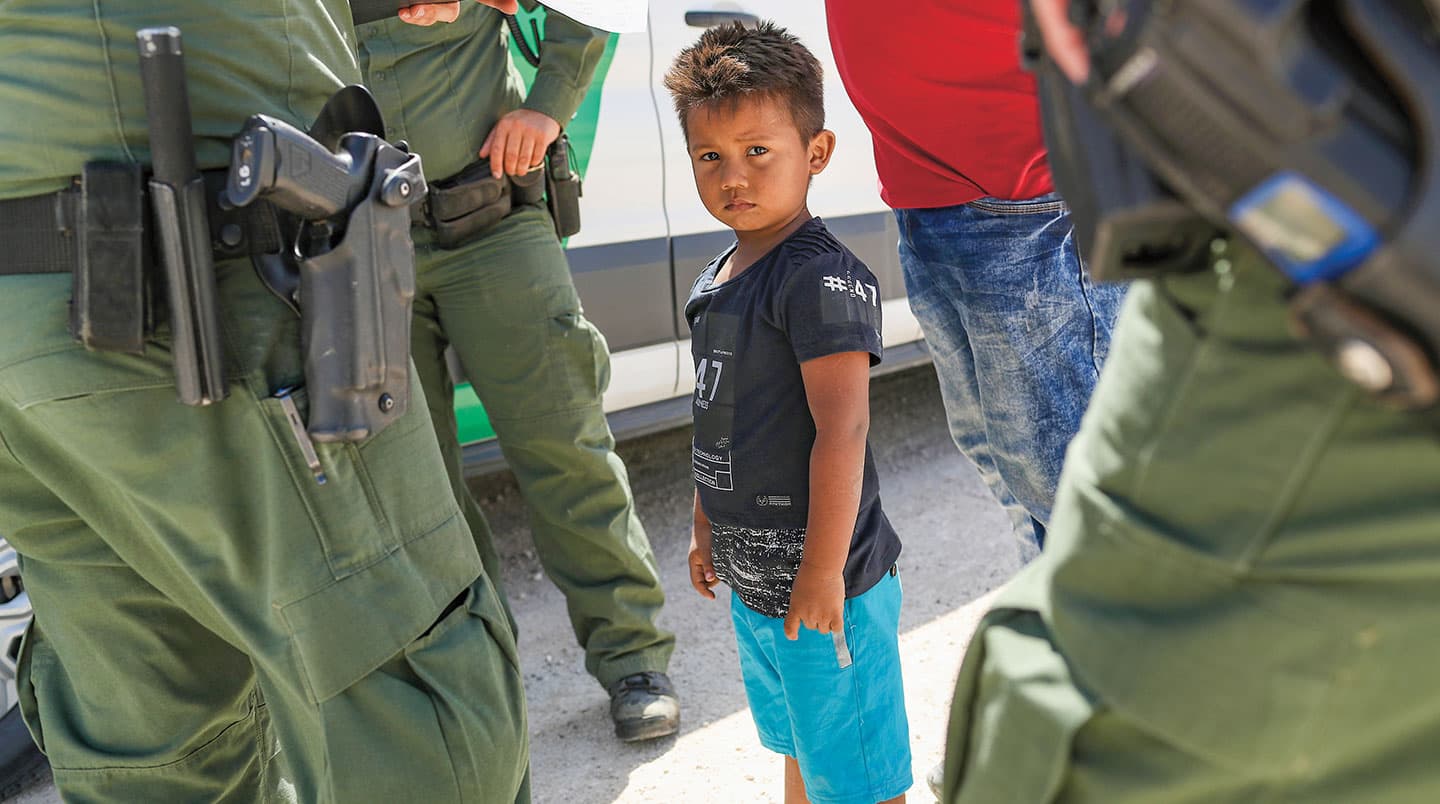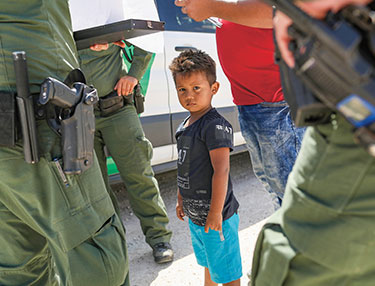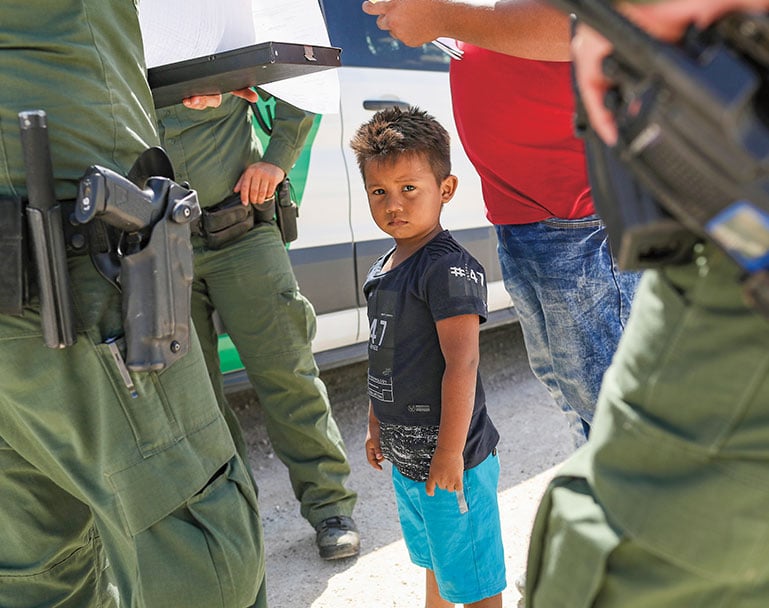Jim McMahon/Mapman®
Imagine being held in a small cement room with dozens of other kids. The toilet is in the corner, with no door for privacy or soap to wash your hands. Your clothes are dirty, and you can’t remember the last time you showered. Your meals are the same every day: instant oatmeal, soup, and microwaved burritos. There are only a few beds, so at night you share a thin mat on the floor with other children. You’re exhausted, but it’s hard to sleep. The lights are always on, and all around you, kids sob for relatives they haven’t seen in days or even weeks. You try not to think about your mamá and papá, but sometimes you end up crying too.
This might sound like a scene from a movie, but for roughly a year and a half, it has been a reality for thousands of immigrant children in the United States. Mostly from Central America, they came to the U.S. illegally with their families, seeking safety and better lives.
Imagine being held in a small cement room. You are with dozens of other kids. The toilet is in the corner. There is no door for privacy. There is no soap to wash your hands. Your clothes are dirty. And you cannot remember the last time you showered. Your meals are the same every day: You have instant oatmeal, soup, and microwaved burritos. There are only a few beds, so at night you share a thin mat on the floor with other children. You are exhausted. But it is hard to sleep. The lights are always on. All around you, kids sob for relatives they have not seen in days or even weeks. You try not to think about your mamá and papá. But sometimes you end up crying too.
This might sound like a scene from a movie. But for roughly a year and a half, it has been a reality for thousands of immigrant children in the United States. These children are mostly from Central America. They came to the U.S. illegally with their families, seeking safety and better lives.



